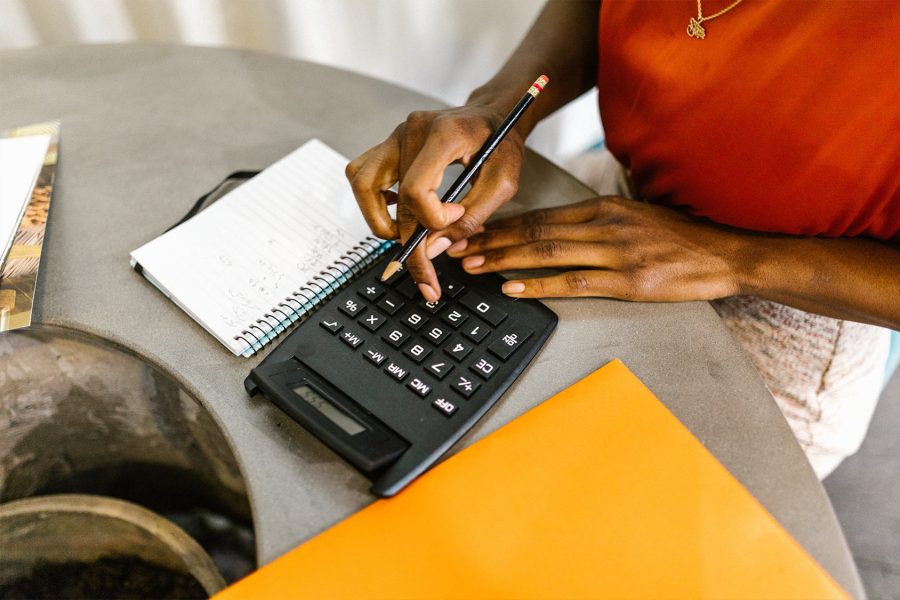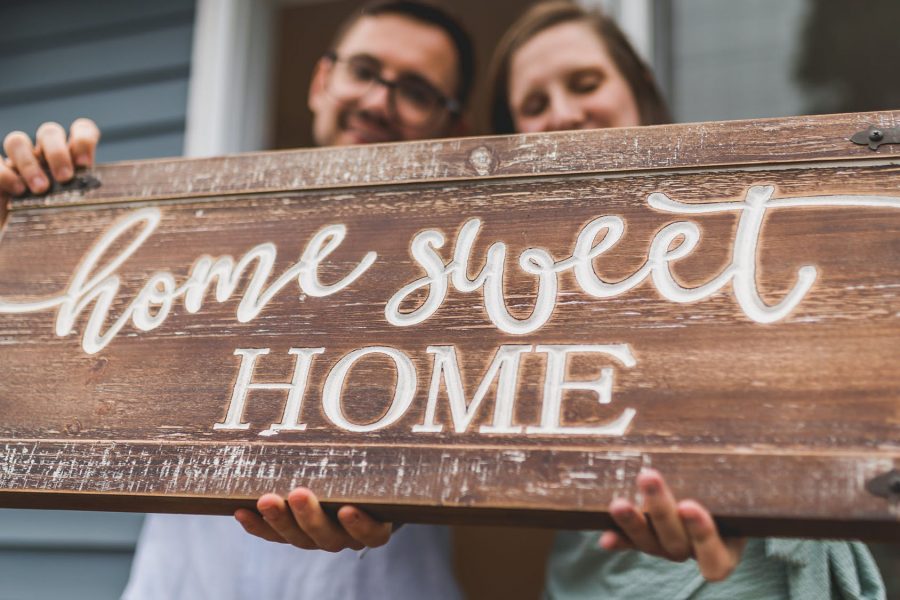Deciding to buy your first home is an exciting move that many people devote serious time and effort to reaching. However, you may find yourself unsure of how to even get started. Purchasing a home can be a more complex process than reality TV series might portray, and first-time homebuyers may find their home buying experience more stressful than they imagined.
1. Calculate How Much Home You Can Afford
Determining how much you can afford to spend on buying your first home is a crucial decision that should never be made lightly. To calculate how much home you can afford, you’ll need to review your household monthly income and debts and then decide how much you can afford to use for a down payment. You’ll also want to consider your current and projected debt-to-income ratio (DTI) before purchasing a home.
2. How To Plan for a Down Payment
Determining the size of your down payment is a crucial step to buying a house and will depend on a variety of factors, including your saving power and your local housing market. The traditional down payment for purchasing a home is 20%, but rising housing costs and flexible lending practices have led many homeowners to opt for smaller down payments, which can drop as low as 3.5%.
3. What is Down Payment Assistance?
Down payment assistance is a fantastic option for first-time buyers offered by over 2,000 programs across the country. DPA programs are ideal for buyers who want to make a 20% down payment but lack the means to do so for various reasons. Partnering with a DPA program to make a larger down payment when buying your first home can allow you to qualify for better mortgage rates, avoid expensive PMI, and make competitive offers.
4. Understand Your Mortgage Options
When it comes time to select a mortgage, it’s important to understand your mortgage options. While there are a variety of niche opportunities to take advantage of, every homebuyer should be familiar with at least the four most common types of mortgages: Conventional, Jumbo, Fixed-Rate, and Adjustable-Rate Mortgages. We’ll be breaking down the pros and cons of each type of mortgage in next week’s featured topic post.
5. Get Pre-Approved for a Mortgage
After you’ve finalized your budget and down payment amount, you’re ready to begin seeking pre-approval for a mortgage. Getting pre-approved for a mortgage is a significant step on your journey toward becoming a homeowner. There are many mortgage lenders for first-time buyers to choose from, so take some time to research interest rates, mortgage origination fees, and other lending costs before committing to a lender. It’s also important for first-time buyers to know the difference between being prequalified for a loan and being pre-approved.
6. How Do I Choose a Realtor?
After you finish celebrating receiving your pre-approval letter, you’ll want to start searching for a realtor to help with your search. This is one of the most important steps to buying a house. Our experienced team of agents here at the Next Step Homes Group is ready to help guide you successfully through the home buying journey. Once you’re ready to take the next step, feel free to contact us.
7. Making Your Dream Home Wishlist
Creating a dream home wish list is an essential first-time home buying strategy. A wish list helps narrow the scope of your search, saving time and increasing your chances of finding the perfect home. Every first-time buyer should also consider what kind of neighborhood they want to live in, the surrounding school districts they’d prefer, and what nearby amenities they’d require. Finally, deciding the amount of work you’re willing to put into your new home after buying is also important when making your wish list.
8. How to Make an Offer When Buying Your First Home
After you’ve found the perfect home, all that’s left is to make an offer! To make an offer, you’ll need to work with your realtor to decide how much to offer. Then, look at comparable properties and recent sales to come up with a fair but competitive offer to increase your odds of closing the deal. After you’ve figured out your offer, decide on contingencies to include in your offers, such as appraisal, inspection, or financing contingencies, and decide how much earnest money you’ll offer.
9. What Are the Final Steps to Buying a House?
Once your offer has been accepted you’ll want to arrange a home inspection to identify any faults or repairs that may need to be made to the property. After the home inspection, your lender will carry out a home appraisal to ensure they aren’t lending you more than the home is worth. After the appraisal, you’ll conduct a final walk-through with your realtor and review your lender’s closing disclosure forms. The only thing left to do is fill out the remaining closing paperwork, cut the check, and the keys to your first home will be yours!



